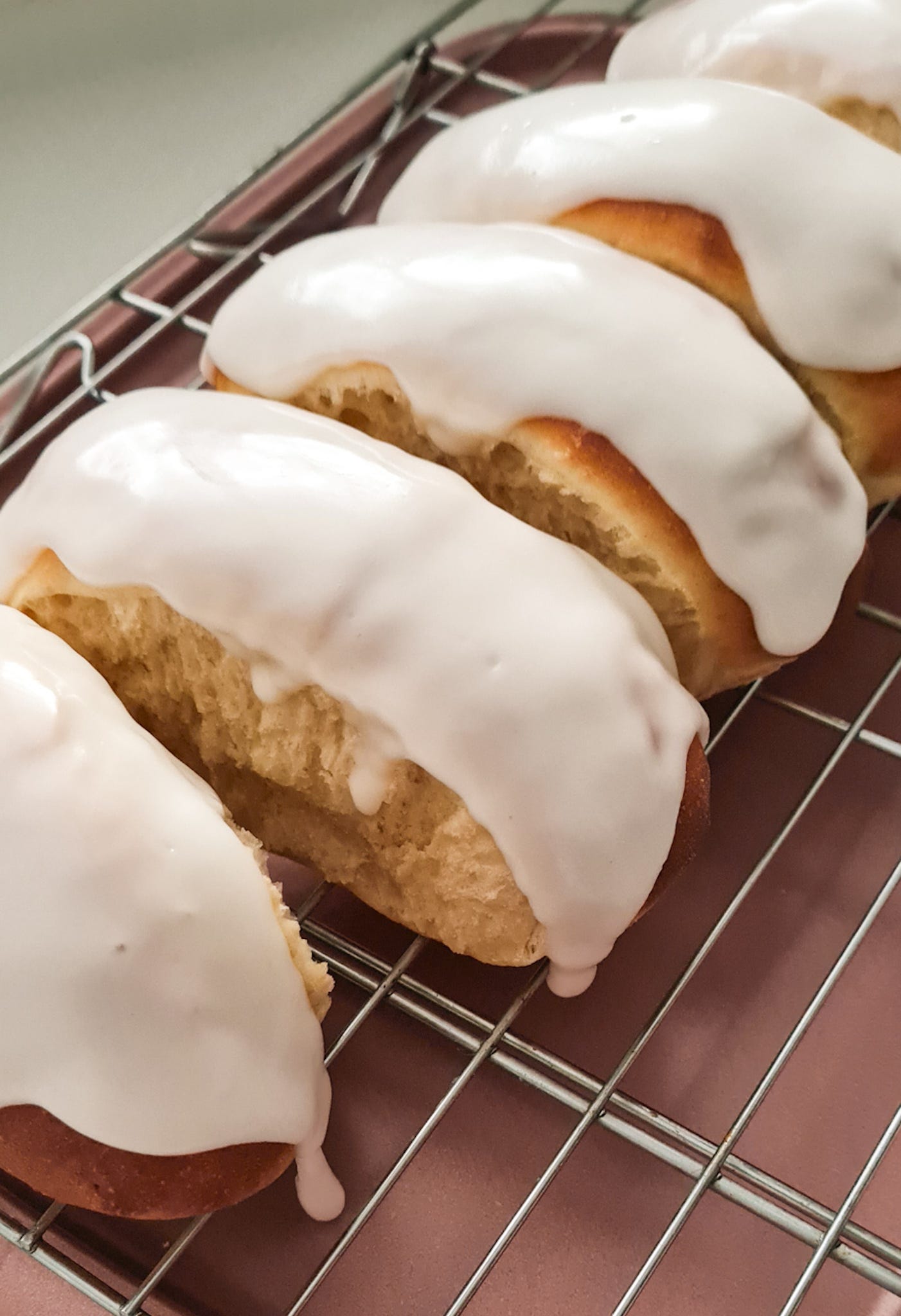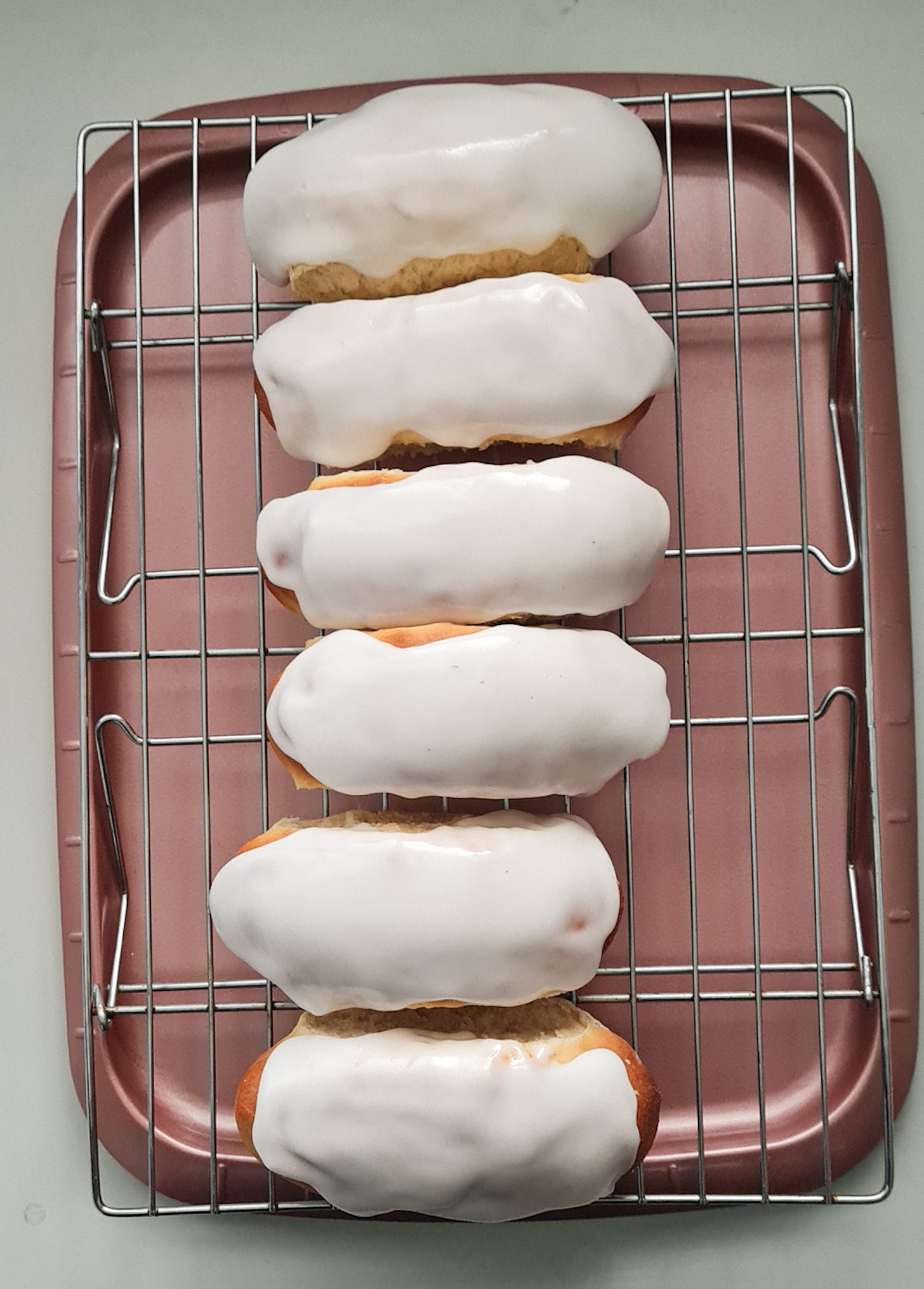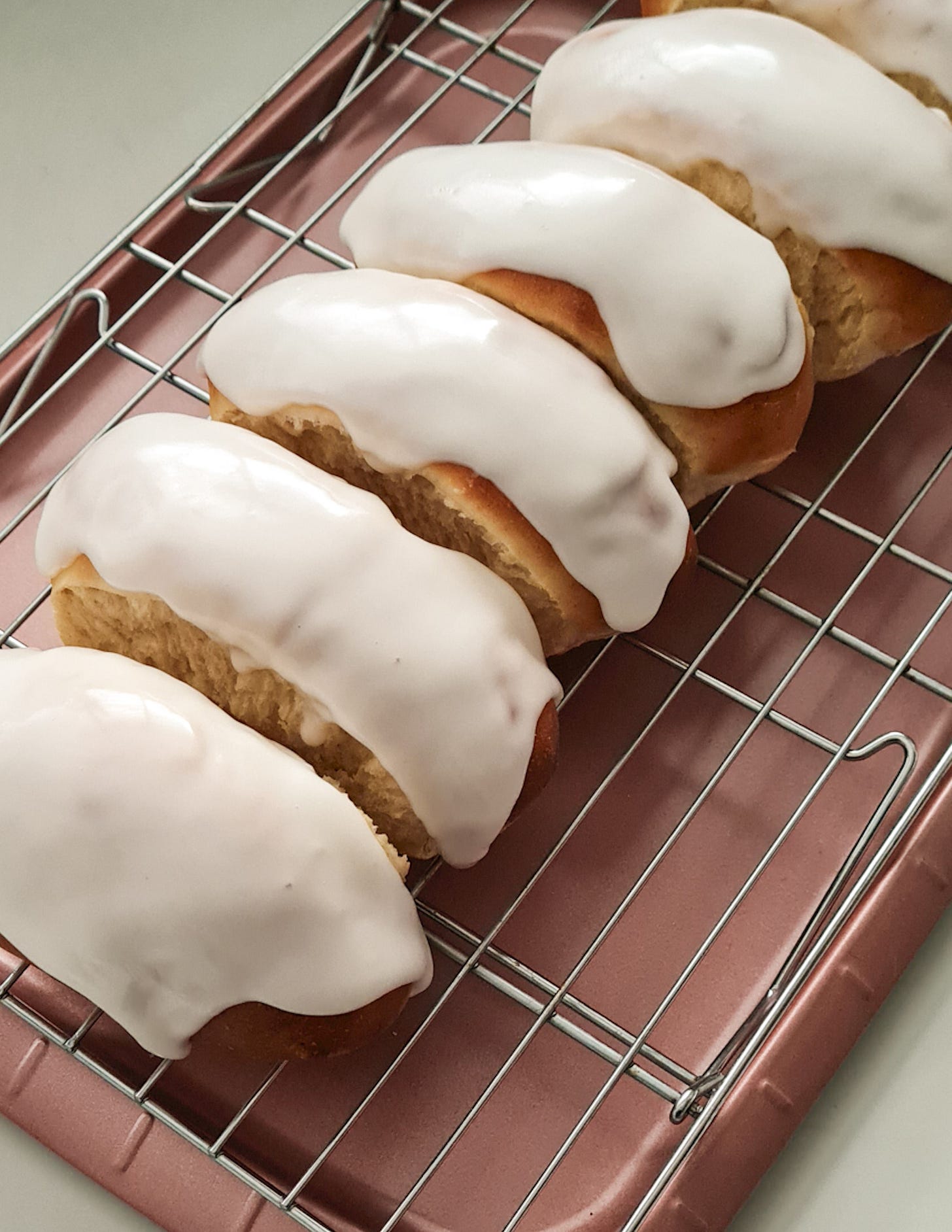Classic British Easy Iced Bun Recipe
Iced Buns are my absolute favourite childhood sweet treat!
Whenever I eat an iced bun now it gives me a warm glow inside as memories of happy times come flooding back.
This recipe was adapted from The Great British Bake Off one, however that one didn’t work exactly for me, so I made a couple of changes. I can’t believe I just said that Paul Hollywood’s iced buns weren’t for me – but there you go!!
As a child we lived next door but one to a bakery. It was a classic, British, bread bakery. There aren’t many of them around now sadly, but I remember my Mum coming in on a Saturday morning with a loaf of soft white bread, some crusty rolls, a Lardy Cake (her favourite) and Iced Fingers for me and my brother.
I briefly worked at a similar local bakery and the iced buns and classic jam doughnuts were always the first things to sell out every day.
But what is a Classic British iced Bun?
Well, it’s a sweet, yeasted finger bun, covered in a fondant glaze icing. Now doesn’t that sound simple.
Yes, it is simple. But don’t you find that the simplest of recipes are often the hardest to pull off? Especially if they have years of good memories tied up with them.
Paul Hollywood set Iced Buns as a technical challenge on The Great British Bake off. However, I would like to totally disagree with his addition of jam and Chantilly cream inside. I guess he had to do that to make the challenge more difficult. But I have never had a filled iced bun from the bakery. A split bun yes, a filled iced bun, no!
Adapted a recipe from the British Baking King
My first go to from the king of British baking himself, Paul Hollywood. I went straight to his iced buns recipe! However, the iced buns you see in these photos were actually my 3rd attempt. The first 2 just weren’t the delicious, sweet rolls I remember. I have therefore adapted his recipe to come closer to how I remember them.
If, sorry when, I make them again I will make the dough fingers longer and thinner as they were a little too short and fat. But, that’s just a minor criticism!
There are ingredient notes, technique notes and FAQs after the recipe.
Coming soon on the upgraded Recipes from the Cake Shed:

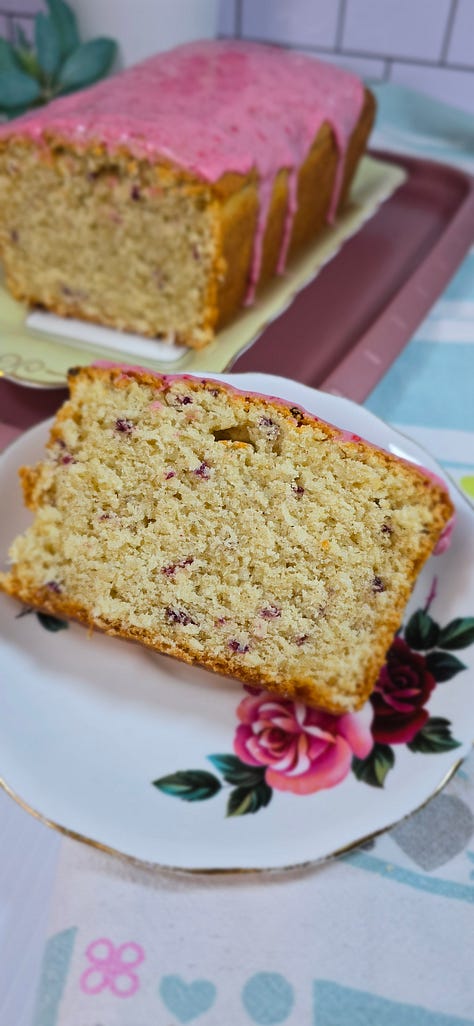
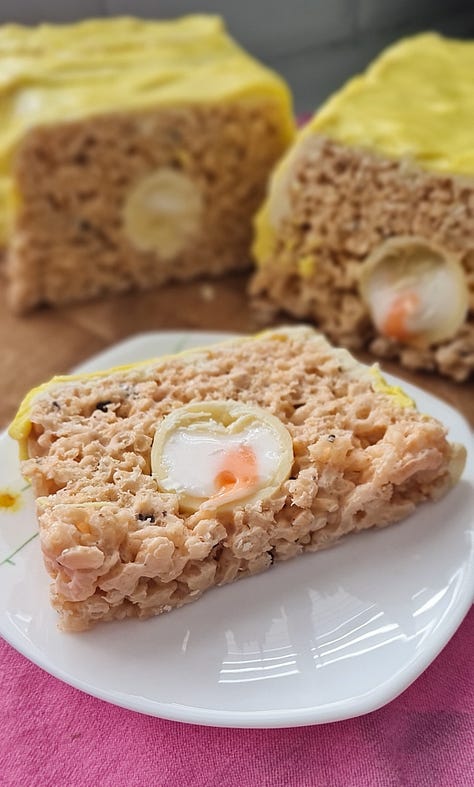
Classic British Easy Iced Bun Recipe
Makes 6 Buns
Equipment
1 Large Bowl
1 Stand Mixer with Dough Hook optional
1 Baking Sheet
Buns Ingredients
7gms (2.5tpsn) Instant Yeast 1 Packet
70 ml (1/3 cup) Warm Milk
250gms (2 cups) Strong Bread Flour
30gms (2.5tbspn) Caster or Granulated Sugar
0.5tspn Salt
20gms (1.5tbspn) Soft Butter or Baking Spread
1 UK Large Egg
50 ml (1/4 cup) Warm Water
Glaze Icing
250gms (2 cups) Icing or Powdered Sugar
0.5tspn Liquid Glucose
50ml (1/4 cup) Water
Instructions
Buns
Pour the yeast into the warm milk, stir and set to one side.
Put all the dry ingredients into your mixers bowl, or a large mixing bowl.
Make a well in the centre and add the egg and the butter.
Add the warm milk with yeast and half of the water
Mix with your mixers dough hook, or with a wooden spoon until a dough starts to form.
Mix for a couple of minutes. You should have a soft, slightly sticky dough but not too gloopy. Add extra water if you need to.
If using a stand mixer with a dough hook, mix for 8 to 10 minutes. If not, turn out onto a lightly floured surface and knead for 10 minutes.
Transfer to a lightly oiled bowl. Cover with a proving bag or a wet tea towel and leave in a warm room to rise for 45 minutes. It should be double the size. Leave for a little longer if your room is slightly cooler and it hasn't risen enough.
Turn out onto a lightly floured surface and knead for a couple of time.
Divide into 6 and roll into long finger rolls.
Place on a lined baking sheet, close enough that they will touch when they rise.
Place under a wet tea towel for 20 to 30 minutes
Preheat your oven to 190c fan, 200c, 415f, GM7
Bake for 10-12 minutes or until well risen and golden brown
Remove from the oven and transfer to a wire rack to cool fully.
Icing
Make the Icing by placing the icing sugar and glucose into a small bowl.
Dribble a little of the water at a time and mix to a thick spreadable paste. You may not need all of the water.
When the buns are cool spread the tops with the icing and allow to set.
Notes on Ingredients/Substitutes
Yeast
Packet Instant Yeast is the best and easiest to use. In the UK active dry yeast comes in 7g (2.5tspn) packets which is perfect. Make sure your yeast is in date. Old or out of date yeast won’t work so well.
If you are lucky to live close to a bakery you may be able to pick up some fresh yeast. Ask the baker the best way to use this type of yeast.
Liquid
I used both warm milk and a little warm water. I used semi-skimmed milk but full fat or skimmed will work just as well. Warming it will help to get the yeast activating in the dough. If you want to keep the recipe dairy free you can use either soya milk or just all water.
Flour
Use strong white flour or white bread flour. The protein in bread flour is stronger than all purpose or plain flour and will therefore make a much better bun.
Sugar
The yeast in this recipe needs sugar to feed off. It also helps to get a little sweetness into the iced bun. I used white caster or granulated sugar.
Fat
This is an enriched bread dough so will need a little fat in it. I used baking spread, however if you prefer a richer flavour you can use softened butter. You can also use a plant based butter if you’d like to make these dairy free.
Egg
I used a UK Large (US Extra large) free range egg to add to the richness. You can also use a UK Medium Egg.
Salt
Regular kosher, rock or table salt will work. Keep the salt away from the yeast as it will kill it.
Glaze Icing
The glace white icing on an iced bun is very distinct. It’s still slightly soft and gooey. It never really sets hard, but it doesn’t run all over the place. It’s a specific fondant icing.
You can buy Fondant Icing Sugar from some companies. In the UK Tate and Lyle make one which you can use according to the instructions on the box. I couldn’t find this in the shops on this occasion so I made my own fondant icing.
Icing Sugar
I used regular icing or powdered sugar.
Liquid Glucose
The secret ingredient to making icing that doesn’t fully set but can be spread on thick. Liquid Glucose can be purchased in most supermarkets, or online.
Technique for making Classic British Iced Buns
I used a stand mixer with the dough hook attached. However, if you don’t have one you’re going to have to get your hands in.
Put all the dry ingredients into a large bowl or the bowl of the stand mixer. Make sure you keep the salt away from the yeast as it will kill it and it won’t rise quite so well.
Make a well in the centre and add the egg, the baking spread and the warm milk.
Using either you mixers dough hook attachment, or a wooden spoon mix the ingredients until they all come together as a dough.
Add half of the water and continue to mix. Some flour will absorb more liquid than others, so this is when you need to trust your instinct.
Keep mixing until the dough because a thick wet dough - sticky (but not too gloopy). It should slightly pull away from the sides of the bowl, but feel sticky to touch. If you think it is too dry add the remaining water.
If you’re using a mixer, continue to mix for 8 to 10 minutes.
If you are mixing by hand, turn the dough out onto a lightly floured surface and knead for about 10 minutes.
Place the dough into a lightly oiled bowl and cover with either a proving bag or with a slightly damp tea-towel to prove for a first time. Place in a warm place for about 45 minutes.
Proving will be different for everyone depending on the warmth and humidity of your room. You can tell if it’s proved if you lightly press the surface and it bounces back. Or it will have doubled in size.
Turn the dough out onto a surface and knead for a couple of times.
Divide the dough into 6 and roll into finger shapes.
Place onto a lined baking sheet. You want them close enough that they touch after their second rise. Iced Buns are made to be pulled apart.
Cover again with your proving bag or damp tea towel and leave for a further 20 to 30 minutes.
Whilst they are proving for a second time pre-heat your oven to 190c fan, 200c, 415f, GM 7
When the finger-buns have started to touch bake in the oven for 10 to 12 minutes, or until they are well risen and golden brown.
Remove from the oven and transfer to a wire rack to cool fully.
Whilst cooling, mix the icing sugar, glucose and some water together in a small bowl until you have a smooth spreadable paste. You may not need all the water. Add a little at a time.
Spread the white icing over the buns and allow to set.
Iced Buns FAQs
How long will these iced buns last?
They are best eaten on the day once iced.
If you wish to keep them do so un-iced for up to 3 days in an airtight container of 3 months in the freezer.
However, be aware the icing will deteriorate if kept in an airtight container.
Can I make iced buns in a bread machine?
I don’t see why not. I don’t have a bread machine to test with, but I’m sure if you use a bread roll setting it should work fine.
What if my iced buns don’t rise?
Check that your yeast is in date. Old or out of date yeast will be dead and won’t rise.
Also, make sure you keep your yeast away from the salt until you start to mix the dough. Salt will kill the yeast.
Is an iced bun just a hot dog bun with icing on?
Absolutely not! Iced Buns are made with a specific enriched, sweetened dough.




